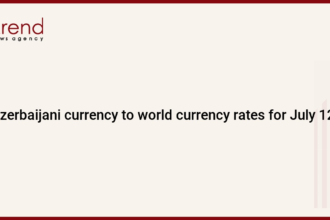Brazil is thinking about a big change, taxing cross-border crypto transfers under its financial transaction tax, the IOF.
People close to the talks say the Finance Ministry is behind the push.
Their goal is to close what they see as a loophole in Brazil’s foreign exchange tax rules by treating some stablecoin and crypto payments just like regular currency exchanges.
If this goes through, dollar-backed stablecoins like Tether’s USDT, especially when used for international payments, would get hit with the IOF tax.
Right now, Brazil only applies the IOF to foreign currency exchanges.
Crypto trades aren’t taxed this way yet; investors just pay income tax on capital gains if they go over the monthly exemption.
Regulatory Shift Backed by Central Bank
Brazil’s central bank just shook things up with a big regulatory update.
Back in November 2025, they rolled out new rules that basically treat stablecoin transactions and some cross-border crypto transfers as foreign exchange deals.
These changes kick in by February 2026.
That means crypto-service providers will need licenses, they’ll have to follow anti–money laundering rules, and they’ll need to be a lot more transparent.
With this new setup, if you swap stablecoins, pay for something with a card using crypto, or move money to or from a self-custody wallet, the bank will see it as a currency trade.
So, crypto is getting pulled right into the same regulatory world as regular money.
More News: Crown Raises $8.1M to Launch Brazil’s Real-Backed Stablecoin BRLV
Revenue and Compliance Motivations
Sources inside the government say Brazil is missing out on a lot of tax money because more people are using stablecoins for cross-border payments.
One official even guessed that over $30 billion in import deals might be running through stablecoins to sidestep IOF and other import taxes.
So, the government wants to apply the IOF tax to crypto payments too.
They’re hoping this move brings more transparency, closes the loopholes, and makes it harder for people to launder money.
Especially now that stablecoins aren’t just for investing but for actual payments.
Market Scale and Crypto Use
Crypto is taking off in Brazil. In the first half of 2025, people traded about 227 billion reais in crypto; that’s around $42.8 billion.
That’s a 20% jump from last year, according to tax data.
What’s interesting is that stablecoins, mostly USDT, make up about two-thirds of all that trading, while Bitcoin only grabs about 11%.
This huge wave of digital money has regulators on edge.
They’re worried people are using crypto to dodge financial rules, especially when it comes to sending money abroad or paying for imports.



















